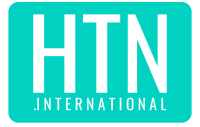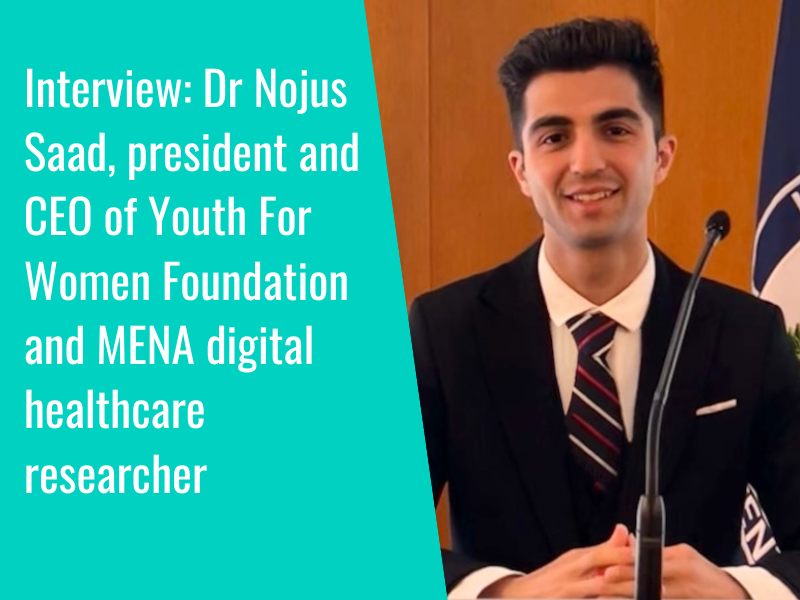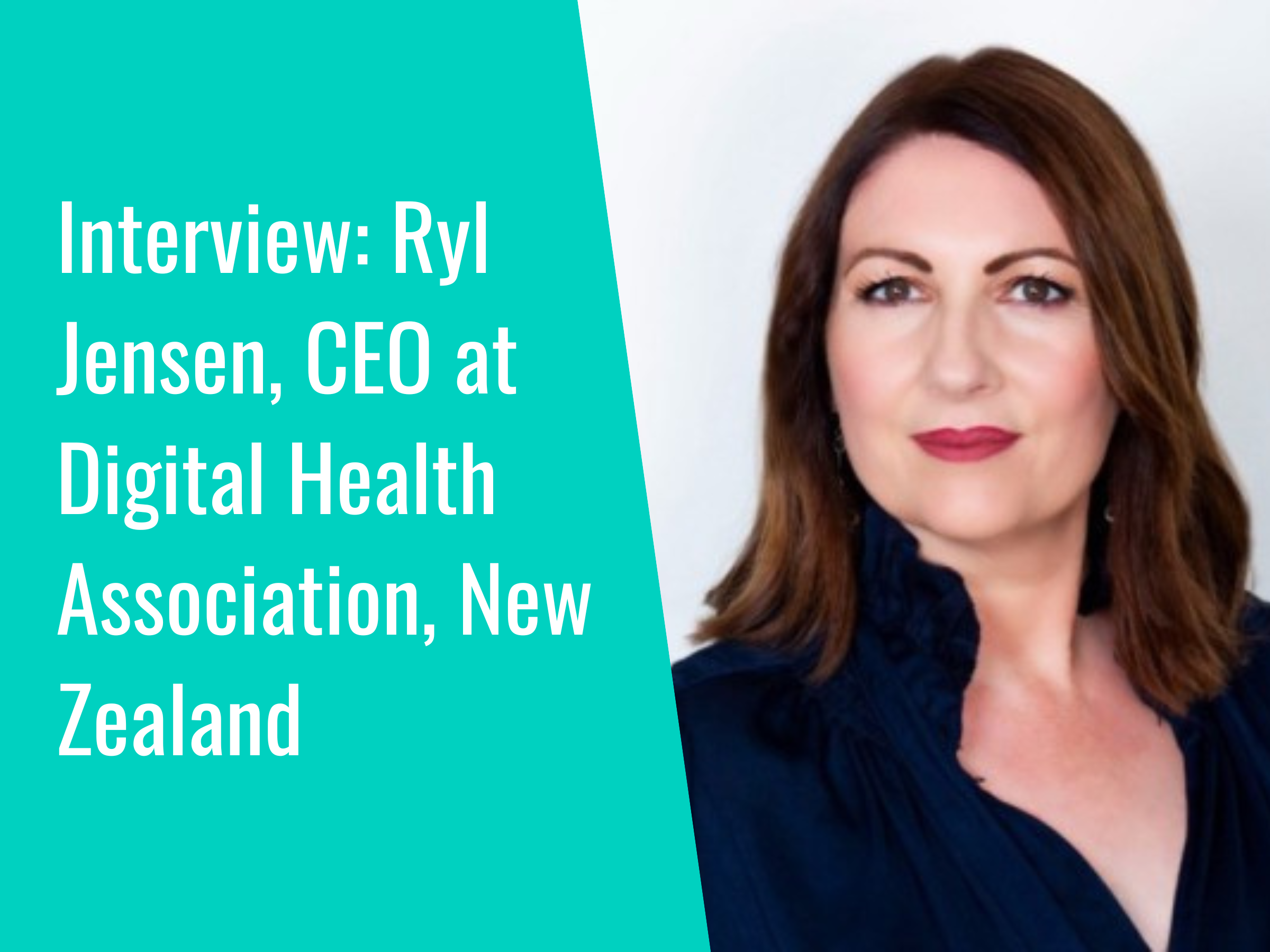The Ministry of Health of the Republic of Indonesia has published its ‘Blueprint of Digital Health Transformation Strategy 2024’, providing an overview for stakeholders and key players within the health industry on “the road map for Indonesia’s digital health transformation”.
The strategy begins by setting the scene for digital transformation in Indonesian health, highlighting challenges including data fragmentation caused by “the high number of health applications and the lack of regulation on standardization and data exchange”, resulting in “health policies which are not based on comprehensive data and inefficient health services”. 80 percent of health care facilities are “currently untouched by digital technology”, and current data is fragmented “across hundreds of varying health sector applications”. 270 million patient records are still in paper form, whilst more than 400 health applications have been mapped with “many more at the central and local levels”.
Priorities for health technology transformation
The strategy sets out priority activities to achieve health technology transformation, and a roadmap on achieving these priorities over the coming years. Three main areas of priority activity are identified: the integration and development of a health data system, the integration and development of a healthcare application system, and the development of the health technology ecosystem. Specific actions under these umbrellas include the implementation of a single identity health record, the integration of “electronic system services” between health institutions and government, the development of an “AI based big data ecosystem, expansion of telemedicine facilities, and business process integration and HR improvement on health informatics.
Digital transformation governance
As well as setting out actions and priorities for digital transformation, the blueprint looks at the requirement for effective leadership and governance, looking to the organisational structure of Health Technology Transformation management, formed by establishing a Digital Transformation Management team “which consists of Operations Team, Technology Team, Product Development Team, and Data Management Team”, complemented by eight “Sub-Working Groups” across primary, secondary, pharmacy, health resilience, health financing, health HR, internal management, and biotechnology.
Health technology enterprise architecture
The blueprint talks about the need for the Ministry of Health to create “technological transformation and digitalization to overcome the digital gap by adopting a platform-based approach (also referred to as PaaS, “Platform-as-a service”)”. As well as connecting the health ecosystem, this platform should provide a link for a variety of application platforms, and provide standardised specifications and mechanisms for data and security. To achieve all of this, the blueprint states that enterprise architecture “is the basis for all health industry players to align their application platforms so that they can be integrated into one platform”.
Platform Indonesia Health Services (IHS)
When it comes to building the Platform Indonesia Health Services (IHS), the blueprint notes the importance of the Citizen Health App, an application that stores complete personal health records, as well as “Partner Systems”, or “applications or platforms that are currently used by the health industry”. The IHS platform, according to the blueprint, was built “to make it easier for health industry players to integrate with a single health data system and ensure all health transactions can be recorded and utilized properly”.
Data architecture and application architecture
On data architecture and microservices, the blueprint shares insight into planned improvements and elements of digital strategy. The One Health Data architecture, for example, has been devised to “collect data on all medical activities into a centralized Electronic Medical Record database”. The development of the IHS platform is seen as taking a “modular approach”, with each service having its own function and environment, and modules including primary and secondary care, pharmacy and medical equipment services, health HR services, biotechnology services, and internal management services. The blueprint sets out plans for each of these services to be “mixed and matched to be accessed by Health Service Providers (such as: Hospitals, Public Health Centers, Clinics, Pharmacies, Laboratories) as well as related stakeholders (such as: Ministry of Health, health offices, insurance) according to standard business process specifications that have been set”.
Conclusions
The blueprint concludes by stating the scale of the challenge of digital transformation in Indonesian health services. It reiterates plans for implementation to be carried out “using a platform-based approach based on breakthroughs in building national health data, namely service and business process-based platforms, standardization of architecture and specifications, collaboration of ecosystems for health industry players, open APIs based on microservices, and compliance through integration of mutual benefits through ease of service and integrated information”.
To read the blueprint in full, please click here.
In other news on strategy, we’ve taken a look at the “Digital Health Blueprint 2023-2033” from The Department of Health and Aged Care in Australia, which sets out a ten-year roadmap for digital health technologies and presents “a more personalised and connected health and wellbeing experience for all Australians”. Alongside the blueprint is an action plan, set to be updated continuously to reflect changes in the digital health landscape.
- 1
- 2














